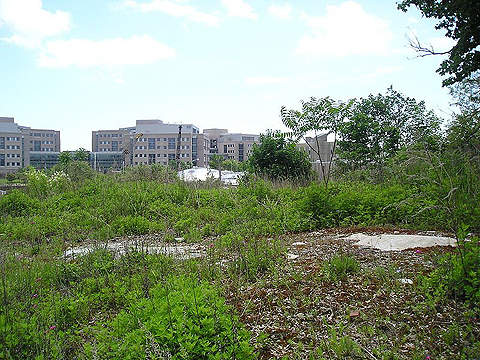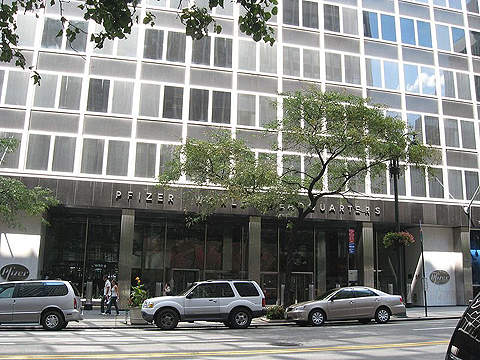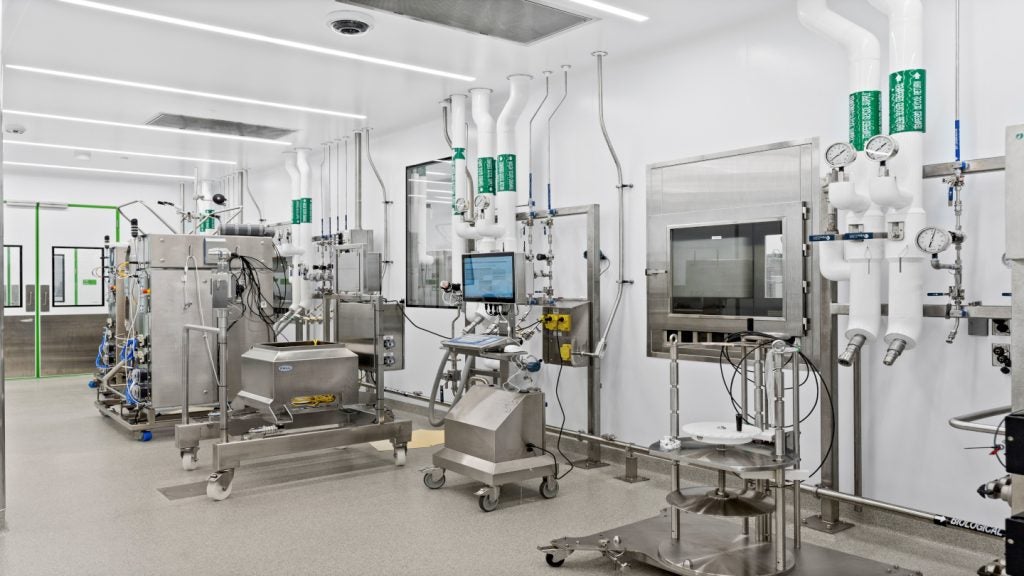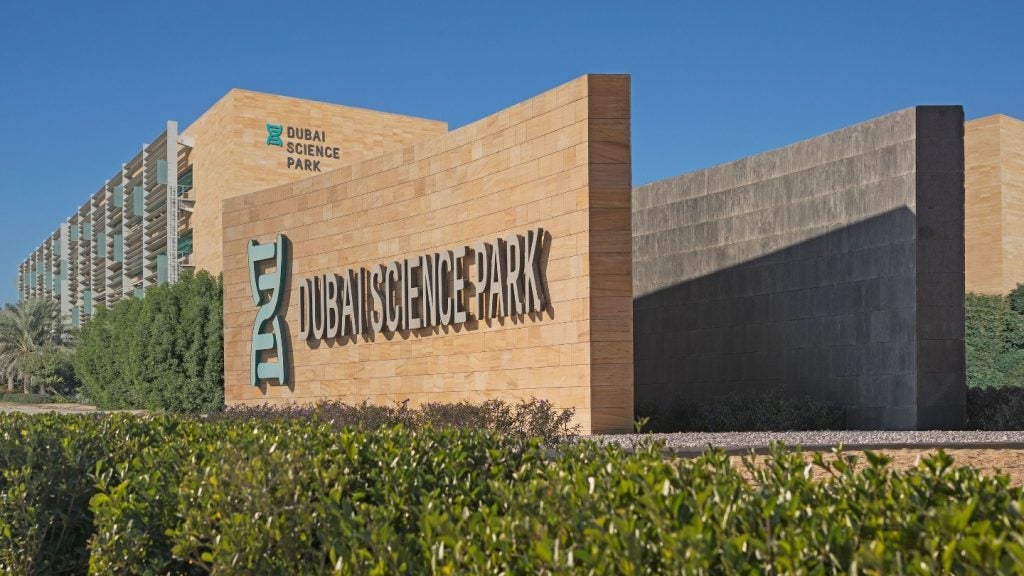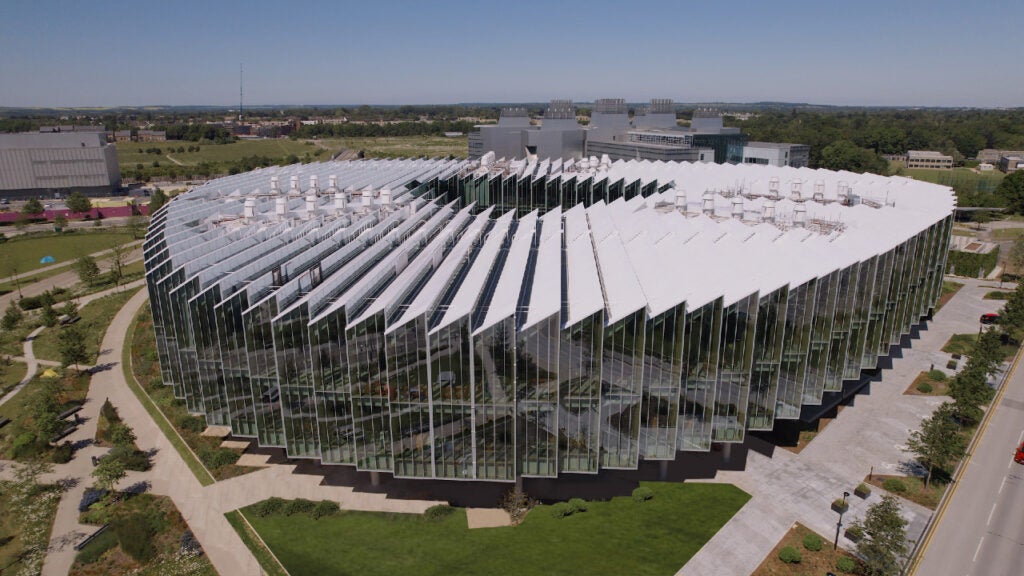Pfizer’s New London facility is a world-class research and development (R&D) centre located in the State of Connecticut in New England, US. Built in 2001, the facility is the global headquarters of Pfizer’s R&D offering and concentrates on drug discovery, metabolism and development.
In November 2009, Pfizer announced plans to close the New London facility following the company’s merger with Wyeth. The facility, which is expected to be closed by 2011, will be subsequently leased or sold.
Upon closure, the employees of the New London facility will be shifted to the Groton facility that is also located in Connecticut. In addition to the New London facility, Pfizer will close its R&D facilities in Princeton in New Jersey; Chazy, Rouses Point and Plattsburgh in New York; Sanford and Research Triangle Park in North Carolina; and Gosport, Slough and Taplow in the UK. Research activities will then be undertaken on five sites including La Jolla, California; Sandwich, UK; Cambridge, Massachusetts; Groton, Connecticut; and Pearl River, New York.
Pfizer New London facility
The $300m New London facility sits on a 29-acre site. The building is spread over 780,000ft² and includes three towers. It does not house any laboratory space and employs close to 2,000 people.
Part of the site was acquired in 2005 through the use of eminent domain that resulted in the infamous Kelo vs City of New London legal battle and public controversy.
The case was argued in the US Supreme Court on 22 February 2005 over the transfer of the complainant’s (Susette Kelo) land to the City of New London for further economic development. The case continued for four months.
The rule went in favour of the City of New London on the grounds of the benefits that the proposed economic development would provide including $1.2m in tax revenues and 3,169 new jobs. The City of London expended nearly $78m to bulldoze the property that was used to construct a hotel and Pfizer’s new facility.
The widely criticised decision was followed with the revision of 43 state-level laws in order to ensure better security to property owners. The revised laws imposed safeguards and limits on eminent domain.
Production
The facility has been used for a range of services including drug discovery, drug metabolism, pharmaceutical sciences, drug development, evaluation of drug effectiveness, drug safety and animal health. Therapeutic areas covered at the facility include inflammation development, infectious diseases (antibacterials), cardiovascular and metabolic diseases, and neurosciences.
Technology
Key technologies employed at the facility include molecular profiling, discovery high throughput screening, ADME/tox (absorption, distribution, metabolism, excretion and toxicity) screening and liquid materials management. Molecular profiling involves the use of the latest advancements in proteomics, genomics, imaging and bioinformatics and comprehensive mapping and analysis of human compounds to provide a complete technology interface that is designed to discover new therapies. The new therapies are specifically tailored to each patient.
Through high throughput screening, scientists use robotics, data processing and control software, liquid handling devices and sensitive detectors to quickly conduct multiple biochemical, genetic or pharmacological tests. These tests help identify compounds, antibodies or genes that regulate the pathway of a particular biomolecule. The technology allows the scientists to reach the starting point of drug design.
Using HTS ADME screening technology, technicians are able to run screens and upload key data on to a global database that is accessible by research teams worldwide. The liquids material management technology enables continuous discovery and development of drugs by timely and precise management of huge orders.
The facility also uses a host of other technologies including GeMMs (genetically modified models), reagent antibodies, biocatalysts, microbiology, parental form, DART, spray dried dispersion, safety pharmacology and a biobank.
Construction
Pfizer broke ground for the construction of the New London facility in 1998. John Strafach & Sons was the general contractor for the construction. Connecticut Concrete Construction, Inc. provided concrete flatwork for the buildings. It provided these services in a contract worth $475,000. The construction took three years and was completed in 2001.

